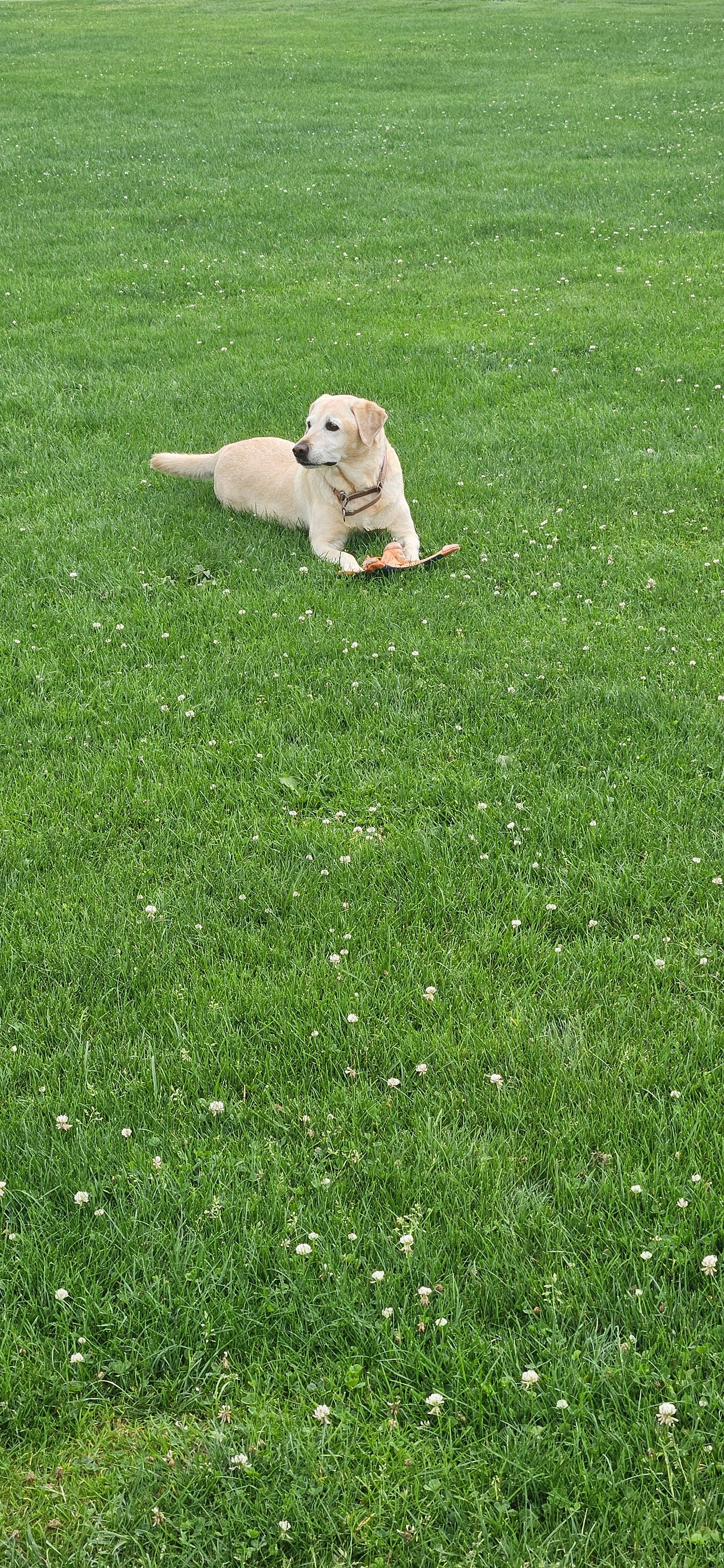In Chapter 2, Verse 45 of the Bhagavad Gita, Sri Krishna advises Arjuna:
"Traigunya-vishaya vedah, nistraigunyo bhavarjuna. Nirdvandvo nitya-sattvastho, niryoga-kshema atmavan." (Bhagavad Gita 2.45)
Translation: "The Vedas deal with the three modes of material nature—goodness, passion, and ignorance. O Arjuna, rise above these modes. Be free from dualities, ever fixed in purity, and free from concerns for gain and security."
Listen to this Verse. At Narada Falls in Mt Rainier. Luna and Milo are the two dogs
In this verse, Krishna encourages Arjuna to transcend the three modes of nature—sattva (goodness), rajas (passion), and tamas (ignorance). These modes of existence, or gunas, form the basis of our thoughts, actions, and behaviors. They bind us to the material world, limiting our spiritual growth and trapping us in the endless cycle of desire, fear, and attachment.
Krishna is not dismissing these modes; instead, he calls on Arjuna to recognize them and rise above them. He invites Arjuna to go beyond the status quo—beyond the conditioning that governs our daily lives and keeps us tied to worldly concerns.
What This Means for Us
In our everyday lives, we are constantly influenced by these three modes. Sattva encourages qualities like peace, balance, and wisdom, but it can also lead to attachment to the idea of "goodness" itself. Rajas fuels ambition, energy, and passion, but it also creates restlessness and dissatisfaction. Tamas brings inertia and ignorance, but when balanced, it can also provide rest and rejuvenation.
Krishna's message is clear: don’t be confined by these modes, but rather, observe them and rise above their effects. To truly grow, we must aim to transcend these states of mind, even the one we tend to see as "good."
A Personal Example: Learning From My Dog
When I reflect on this verse and hear Krishna's call to be nitya-sattvasthah—ever fixed in purity—the first image that comes to mind is my dog. She embodies this sense of purity in her natural state. She doesn’t have a single mean bone in her body. She is curious, playful, and loving, and she sleeps and rests well. In many ways, she represents a life that is untouched by the complexities of the gunas. Observing her reminds me that we too can tap into this sense of purity by letting go of dualities and attachments to outcomes. We can go beyond the status quo by embracing a state of being that is more present, loving, and aware.
Three Actions to Rise Above the Status Quo
Here are three concrete actions you can take to apply the wisdom of this verse in your life:
Observe the Modes of Nature in Your Daily Life: The first step to transcending the modes of nature is to recognize them. Throughout your day, observe your thoughts and actions. Are they driven by sattva (goodness), rajas (passion), or tamas (ignorance)? By identifying which mode is influencing you at any given moment, you can learn to rise above it and not let it dictate your reactions.
Practice Non-Attachment to Outcomes: One of the key ways to go beyond the status quo is to release your attachment to the results of your actions. Whether you are working on a project or navigating a personal relationship, remind yourself that the outcome is not entirely within your control. Focus on putting in your best effort and letting go of the need for specific results. This practice will free you from the stress of constant striving and allow you to live more peacefully.
Cultivate Purity and Balance: While sattva is seen as the purest of the modes, even this can lead to attachment. Focus on cultivating balance in your life—balancing work with rest, ambition with contentment, and action with stillness. This sense of balance will help you transcend dualities and live in a state of inner peace, unaffected by the highs and lows of life.
Conclusion
Krishna’s guidance in the Bhagavad Gita invites us to go beyond the conditioning and dualities that shape our everyday lives. By rising above the modes of nature—sattva, rajas, and tamas—we can find peace, balance, and true inner freedom.
Just as my dog lives in her natural, pure state—curious, playful, and unburdened by worries—we too can embrace a life that goes beyond the status quo. By observing our conditioning, practicing non-attachment, and cultivating balance, we can rise above the modes that bind us and step into a higher, more fulfilling way of living.




